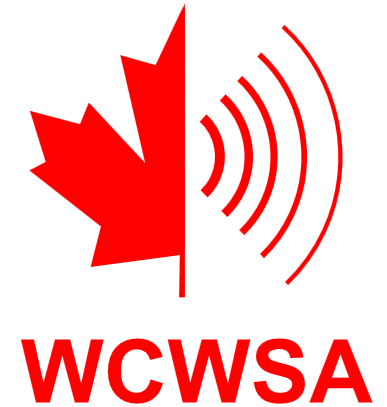Each year one of our members is elected the “Mad Scientist of the Year”.
Award Rules
Last year’s winner is not eligible
The last year’s winner must select next winner
The project must be posted on groups.io
Rules are subject to change
The first winner of the award is Skip Macaulay VE6BGT for the New 432 Feed Rotor project for EME.
Hello again group.. Well I am off on another project.. Kind of going backwards in frequency but thats the way the ball bounces I guess, up and down.. I started off in moon bouncing at 1296 Mhz jumping over 144 and 432.. Still doubt if I will get onto 144 but since I have most of the equipment for 432, the amp and such, I thought I would try to get on 432 EME.. I had tried building a receive feed years ago to see if I could hear these tests that the late Arecibo was doing but just couldn’t get it done in time..
So here is another story for your entertainment…
Not to reinvent the wheel I am building up a proven design that Grant, VE6TA has used for years.. Instead of two separate dipoles mounted on a plate and then having to deal with phasing coax harness, this one uses a single vertical tube cut to act as a 4 to 1 balun.. Since this feed has to rotate a single coax going out the center will be a lot easier to deal with.. The first thing was to find a half inch inside diameter brass or copper tube and then slit it down the sides.. The inner conductor is made up from a .25 inch brass solid rod and is connected to one side of the outer tube half.. To test this for my curiosity I tacked a 200 ohm resistor combo on the top and swept it..
Testing the 4 : 1 balun..
This tube is thin walled and then when the two slits were cut it got kind of floppy.. I turned a piece of teflon just the right size so that when the tube was clamped with a tie wrap it resonated on 432 mhz..
The Balun sweep test…
I was quite pleased with this tube working out.. The resonant point was touchy by the shape of the tube and the way it was being clamped.. I had thought of putting another teflon spacer lower in the tube but the slightest pinching of this tube detuned it slightly..
Next then was to build up the two dipoles and the phasing bars.. I could only find 3/8 tubing 12 inches long and they needed to be about 1.75 inches longer.. Luckily this hobby tubing comes in different sizes and fits snugly inside each other, so it was easy to extend them with an inner tube for support.. Then soldering the actual dipoles on the ends nice and square..
Great use of clamps to hold while soldering..
With both phasing sections done getting it tacked onto the 4:1 balun tube was interesting.
More and more clamping..
This worked well and to my surprise came out fairly square to the world..
The dual dipole assembly..
I milled up a couple of teflon spacers for the ends, I will see later if they melt or smoke under high power.. Next was the reflector plate.. This is the one I already had and welded up the two dipole mounting holes from the previous attempt.. I was surprised that this little welding slightly warped it.. Being aluminum should be able to straighten that but its not that bad..
The whole unit..
Cut some solid brass rod to slide into the ends of the dipoles themselves for tuning adjustment and its ready to test..
I carried it into the house and hooked it up to the IFR and a bridge, its underneath connected to the N connector.. Boy was I surprised, the ant was almost dead on frequency !!! I had to pull the dipole extensions out slightly to lower the frequency of the resonant point..
The RL dip on 432 mhz..
Its looking pretty good so far.. I will get it outside and run a cable to it and pour some RF power into it and see what happens.. Then the fun part of building up the rotor section and control with that stepping motor idea I have… Stay tuned for more entertainment ha ha… Skip
